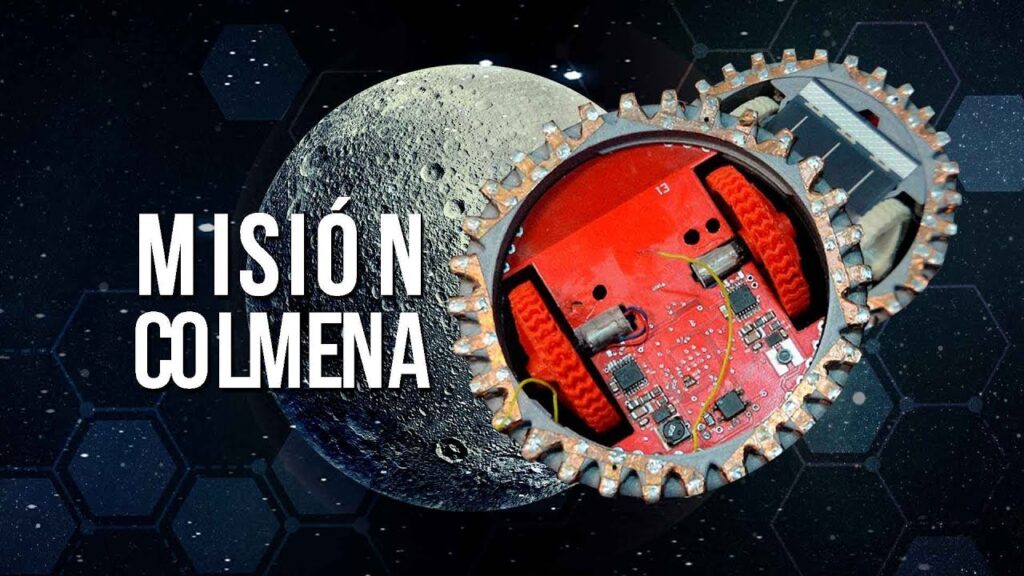UNAM will launch ‘Colmena’, its first mission to the Moon, into space
(MEXICO – UNAM).- In mid-June of this year, the Beehive Mission of the National Autonomous University of Mexico (UNAM) will place five nano-robots on the surface of the Moon and will be the first of a series of projects aimed at the Earth’s natural satellite, and even asteroids, in order to develop a niche technology. They will navigate autonomously and then assemble to study how the lunar soil behaves, said Gustavo Medina Tanco, an academic at the UNAM Institute of Nuclear Sciences (ICN).
“Colmena has an internationally original mission. Colmena is the first stage of a space technology niche that we want to develop so that Mexico does not participate in this transformation merely as a consumer, but effectively as an actor and producer of goods, wealth, knowledge and well-being.”

(Photo: Archyde)
During the presentation of this project, the researcher responsible for the ICN’s Linx Space Instrumentation Laboratory pointed out that Hive will demonstrate that very small robots, but working in a coordinated manner, can be the explorers and miners of this new future and this new space.
He indicated that the small robots weigh less than 60 grams each and measure 12 centimeters in diameter, so their electronics will levitate or be less than two centimeters from the lunar soil or regolith.

(Photo: Archyde)
“Nobody has done that before, it’s the first time it’s going to be done. These five robots travel to the moon accommodated in a container that is also a catapult to launch them to the moon. All this weighs less than 608 grams, they are, to give you an idea, more or less 3 cell phones, that is an international technology challenge and it is the first time that it has been done and is being done by Mexico and UNAM”.

(Photo: UNAM Global)
The scientist reiterated that these robots are going to assess the possibility of surviving in these aggressive conditions of space and regolith, to demonstrate that it is possible or not to navigate in that dust. “Each of its five robots is a sophisticated element that has its own sensors, mission systems with different frequencies, radio frequencies to communicate with the container, all of which can be used to obtain information on the dynamics of the dusty plasma, that is very close to the lunar surface that no one has done before.”
Accompanied by the rector Enrique Graue Wiechers; the Secretary of Foreign Relations, Marcelo Ebrard Casaubón, and Omar Fayad Meneses, Governor of the state of Hidalgo, Medina Tanco added that the Colmena Mission will be transported to the moon by the Peregrine spacecraft of the American company Astrobotic, which will also carry experiments from other countries. and from NASA.
“It was already integrated into the Peregrine ship in Pittsburgh, United States, at the end of last year. The launch is expected in June this year. The landing will be 40 to 60 days after launch, depending on the trajectory used to reach the moon and the mission. Once on the moon, it will last about 9 to 10 Earth days during a lunar day.”

(Photo: IMER Noticias)
“Hive is not a single mission, this is not a single event, it is the first of a series of missions that we intend to carry out first to the moon and to asteroids later, this, because we want to develop a technological tool for Mexico, which has a value scientific and commercial with which it can effectively participate in large consortiums. We are already working on the second mission. We are starting to investigate the new robots, which are more organic. We are also talking with launching companies”.
TYT Newsroom


